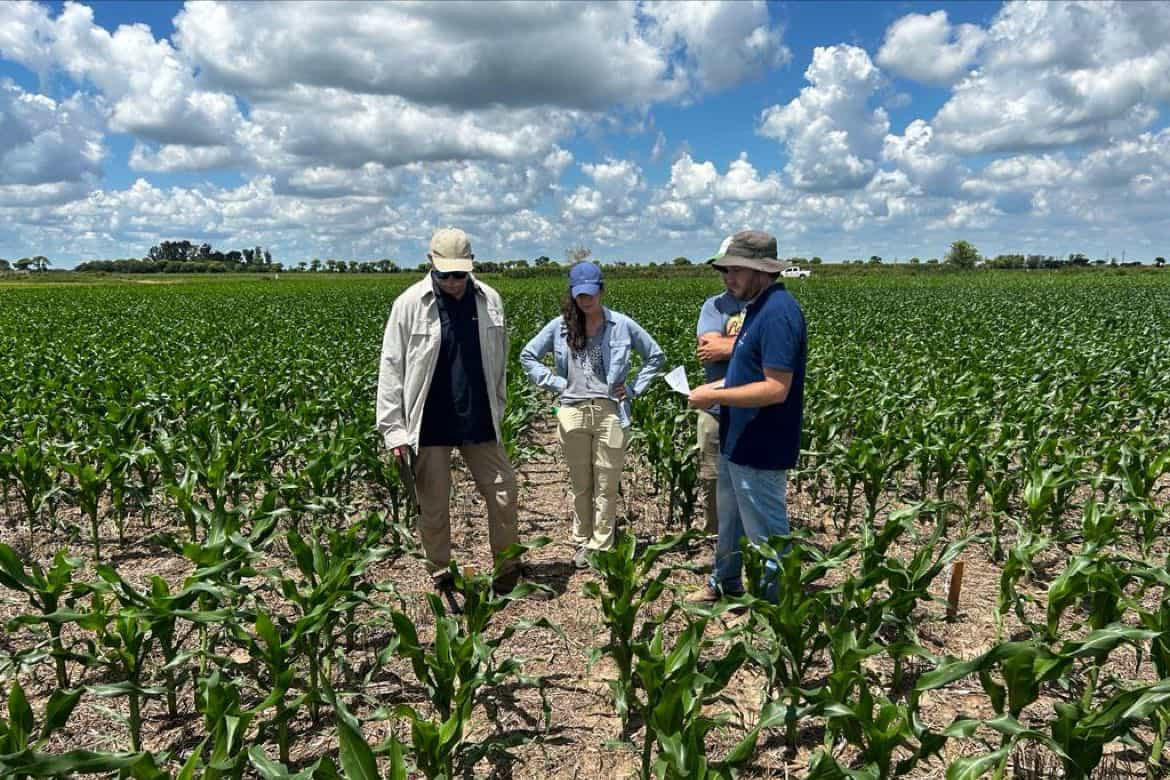
Modern agriculture is constantly evolving. Traditionally a siloed industry, passionate collaboration has emerged as a driving force for sustainable production. In the last 50 years, the agricultural land per capita has decreased by more than 50% globally, which means that farmers must increase their production in a smaller area. Collaboration among farmers, researchers, organizations and industry experts is improving innovation, sustainability and useful outcomes in agriculture.
The agriculture industry has been coming together with a shared commitment to sustainable practices, innovation and collective success. Here are some key aspects that many entities are highlighting as the transformative power of passionate collaboration:
1. Knowledge Exchange and Innovation:
Collaboration fosters a culture of knowledge exchange along the whole value chain to include farmers. Shared experiences, challenges and successes create an environment ripe for innovation, especially when the industry can take advantage of experience in different regions. When farmers collaborate, they accelerate the adoption of sustainable practices and innovative technologies.
2. Sustainable Practices:
Through shared research and experiences, farmers can more quickly learn and adopt techniques that promote soil health, water conservation and biodiversity. Meaningful collaborations result in the development of sustainable agricultural models that benefit both farmers and the environment.
3. Resource Optimization:
Sustainable production often requires the optimization of resources. When farmers share resources such as equipment, tools and expertise, it ensures resources are used efficiently, which minimizes waste and environmental impact.
4. Risk Mitigation:
Agriculture is inherently exposed to various risks, including weather uncertainties, market fluctuations, and pest outbreaks. Passionate collaboration allows farmers to collectively address these challenges. By sharing risk mitigation strategies and resources, farmers can build resilience and ensure more stable livelihoods.
Managing What Farmers Measure

Farmers rely on specific statistics to guide their decisions and measure the impact of their practices. As farmers continue to collaborate, many production areas can be improved, including:
1. Crop Yields:
The most fundamental statistic for any farmer is the crop yield. It reflects the success of farming practices and determines the financial returns. Collaborative efforts that focus on optimizing crop yields through improved seeds, fertilization techniques and pest control can contribute significantly to food security and economic prosperity.
2. Soil Health Indicators:
Soil Is the Source™ of healthy and productive crops. Metrics such as soil organic matter content, nutrient levels and microbial activity are key indicators. Collaborative efforts and agricultural innovations that focus on improving soil health contribute to long-term sustainability and resilience.
3. Water Usage Efficiency:
Efficient water management is critical, especially in regions facing water scarcity. Farmers track statistics related to water usage, irrigation efficiency and water conservation practices. Collaborative projects often explore innovative irrigation methods and novel innovations to enhance water use efficiency.
4. Biodiversity Indices:
Sustainable agriculture prioritizes biodiversity to promote ecological balance. Farmers collaborating on biodiversity initiatives track indices related to the variety of plant and animal species on their farms. Increased biodiversity contributes to pest control, pollination and overall ecosystem health.
5. Carbon Footprint:
Reducing greenhouse gas emissions through practices like cover cropping and reduced tillage will continue to be increasingly important. Meaningful statistics related to carbon sequestration help farmers assess their environmental impact and access a growing revenue stream.
6. Crop Rotation Success:
Farmers collaborate on crop rotation strategies to track statistics such as yield variations, pest incidence and improvements in soil structure. This guides the development of effective, sustainable crop rotation plans.
7. Energy Consumption:
By identifying energy-intensive processes, farmers can explore alternative practices that can lead to improved sustainability.
8. Economic Viability:
Economic indicators, including production costs, market prices, and return on investment, are crucial for farmers to remain a sustainable enterprise.
9. Community Well-being:
Collaboration often extends beyond individual farms to the broader community. Statistics related to community well-being, such as employment rates, access to education and healthcare highlight the social impact of collaborative farming initiatives.
Passionate collaboration in agriculture holds the key to addressing the complex challenges facing the industry. By fostering a culture of shared knowledge, resources and experiences, farmers can unlock innovative solutions that drive sustainability, resilience and economic prosperity. The meaningful statistics outlined above serve as essential benchmarks for farmers engaged in collaborative efforts, guiding them toward a more sustainable and profitable future. As the agricultural landscape continues to evolve, the power of collaboration remains an indispensable force for positive change.
Reach out to AgriThority® to help you fully develop your new technology for this changing world.



